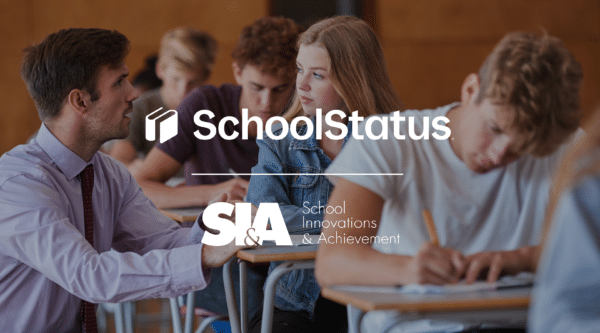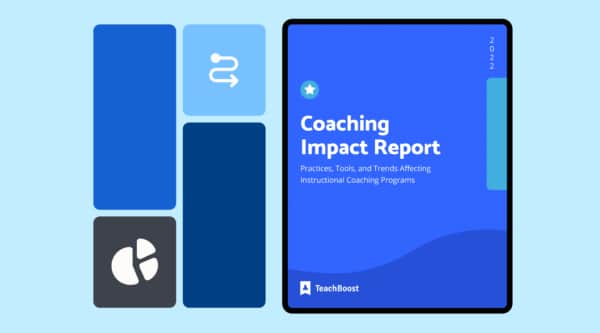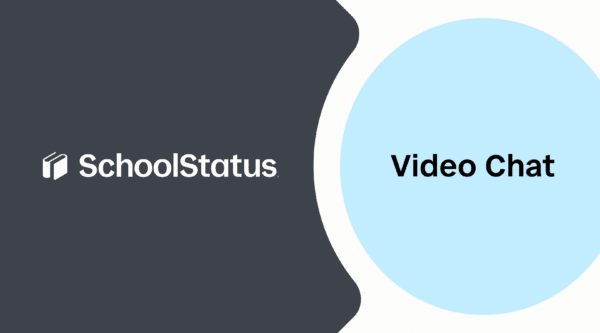

This is part of TeachBoost’s ongoing blog series, “From Vision to Reality: Pulling the Right Levers for Transformational Instructional Leadership.” Check out all the posts in our series, then subscribe to have new posts delivered to your inbox.
{{cta(‘417de94b-2f71-4123-a807-1f4438f581c5′,’justifycenter’)}}
Chapter 2: Do the Work
Now that you’ve laid the groundwork for transformational instructional leadership, you’re ready for the next step: getting the work done.
Schools and districts employ various strategies for prioritizing observations and feedback. In this post and the next few that follow, instructional leaders reflect on the four most important steps all educators must take to turn their vision into a reality.
- Get into Classrooms
- Deliver High-Quality Feedback
- Always Be Calibrating
- Look for Growth, Not Gotchas
Do the Work: Deliver High-Quality Feedback
Once you’ve devised your high-frequency strategy for getting into classrooms, it’s time to focus on the feedback you deliver. The bottom line is, teachers need authentic, high-quality, formative feedback that helps them improve their practice.
While there is a wide body of research and discourse on the importance of feedback, it isn’t always easy to distinguish helpful feedback from neutral, or even counter-productive, feedback.
We asked leaders and researchers for advice on providing and promoting high-quality, meaningful feedback. While the intricacies of their approaches are unique, their suggestions fell under a common set of criteria that all educators can follow.
1. Be Mindful of Your Focus
District leaders stress that multi-tasking while observing educators or delivering feedback can deeply degrade the quality and impact of the work. “When you’re in the classroom, focus on the quality of instruction,” says Kate Sugarman of Oakland Unified School District. “When you’re reflecting on what you observed, focus on the quality of your feedback—not on completion, compliance, or checking off boxes.”
Focus is a sign of respect for the work you’re doing and the educator you’re observing. It also helps to build trusting relationships between teachers and leaders. “At ASD, the first two weeks of school year are pure observation, no feedback,” says Nataki Gregory of Achievement School District. “There are multiple touch points before the first time the teacher and their coach/school leader sit down, which helps teachers trust that initial assessment. Then we offer teachers the freedom to choose their growth goals within that set of parameters.”
2. Have Courageous Conversations
“School and district leaders often feel stuck when they have to give feedback on a teacher or principal’s performance,” says Jennifer McDermott, Chief of Staff at the Center for Educational Leadership. Her recommendation: Get comfortable with having courageous conversations.
What are courageous conversations?
“We use this phrase when we feel we need to share difficult feedback with a colleague about their work, actions or behavior,” says McDermott. “These kinds of conversations feel courageous because they are hard to have and they feel high-stakes.”
McDermott offers three tips to help leaders can use to “help these types of conversations or feedback feel fair, helpful, and meaningful”:
- Ensure everyone has the same understanding of feedback and its purpose. There are many different interpretations of feedback. For some, it is a suggestion or a correction. For others, it is an open conversation. Having the same expectation can diffuse tension.
- Create the right context for giving feedback. Feedback that is not requested nor expected is often not welcomed. Have a goal setting conversation at the beginning of the year to set goals for growth together and keep the feedback related to these goals.
- Always work from the principle of reciprocal accountability. Leaders cannot expect what they have not, or will not, support. Feedback is best paired with the support to develop and grow.
3. Ask the Right Questions
“Questioning is a main component of almost every coaching model,” say UCLA Center X’s Natalie Irons and Carrie Usui Johnson. In their piece on Cognitive Coaching, Irons and Johnson hone in on the way we phrase our post-observation questions. “Crafting questions that invite thinking while providing psychological safety to the person receiving the question is a skill that needs attention and intentional practice.” They offer five “specific structural elements provide the maximum potential to invite thinking, rather than a “gotcha” reactionary response.”
- Approachable voice
- Tentative language
- Plural forms
- Positive presuppositions
- Open-ended stems
Read the full piece for details on these five elements.
4. Move Beyond the Low-Hanging Fruit
“The traditional approach is to observe, then give feedback that includes suggestions about specific changes to make,” says Justin Baeder, founder of The Principal Center. In Baeder’s opinion, though, this approach will not move schools “from good to great.” In a piece for The Launchpad, Baeder offers a challenge to the standard definition of what makes feedback “meaningful”:
“Suggestions are appealing because they’re action-oriented. When we give teachers one specific aspect of their teaching to change, and specific advice on how to change it, it feels like we’re making a difference. It feels like we’re having an impact. But I’m convinced that our feedback often gets better when we temper the impulse to make suggestions.”
Read Baeder’s article here.
5. Find What Works for You and Your Team
Just as you work to give feedback, but sure you’re also seeking feedback—on your practice and on your process. Test out a variety of feedback approaches, evaluate each for their alignment to your culture and TOA, and survey your teachers to find out what works best for them.
Follow-Up Activity!
The next time you deliver feedback to your teachers, try using a few of the phrasing approaches below, taken from Justin Baeder’s guest blog post:
- “I noticed that you [ ]…could you talk to me about how that fits within this lesson or unit?”
- “Here’s what I saw: [ ] …is that what you thought was happening at the time?”
- “I noticed that [ ] …how did you feel about how that went?”
- “I noticed that students [ ] …how did that compare with what you had expected to happen when you planned the lesson?”
- “I saw that [ ] …what did you think of that, and what do you plan to do tomorrow?”
- “At one point in the lesson, it seemed like [ ] …did it seem that way to you, too? What was your take?”
- “Tell me about when you [ ] …what made you choose that response?”
- “I noticed that [ ] …could you tell me about what led up to that, perhaps in an earlier lesson?”
- “I found myself wondering if [ ] …is that something you’re thinking about?”
- “What effect did you think it had when you [ ]?”
Stay Connected
News, articles, and tips for meeting your district's goals - delivered to your inbox.









